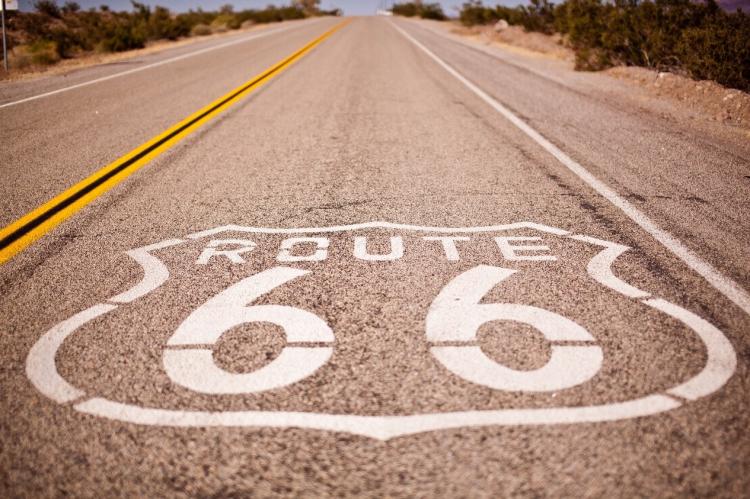-This article is reproduced from the official account: New Reading and Writing-
Where is Jiangnan culture?
When we were young, when we were teenagers wearing red scarves, the teacher asked us this sentence, we looked at me and I looked at you, but we couldn’t answer it.
Yes, living in the alleys every day, the sky is patched up, the roads are striped, and the buildings are tall and low, so I don’t feel much cultural charm.
I grew up a bit, went to middle school, and traveled farther than when I was a child. I went to the suburbs, went to the rural areas of Jiangsu and Zhejiang outside the urban area of Shanghai, and talked about the topic of Jiangnan culture with my classmates, and the discussion deepened. So Almost everyone told you what I saw and what I read in the book.
It is said that Jiangnan culture is small bridges, flowing water, and people, that is, the dense river network, the singing of birds and the fragrance of flowers, and the boundless fields stretching to the end of the distant horizon.
Students who think more deeply will say that blue calico is a characteristic of the Jiangnan countryside, eating steamed cakes is a Jiangnan custom during the Chinese New Year, and the lively wedding ceremony in the countryside should all belong to the category of Jiangnan culture.
All in all, for those of us who grew up in the alley environment of Shanghai, Jiangnan culture seems to be obvious, but also seems to be invisible and intangible.
So, where is Jiangnan culture?
Some people say that in the gardens of Suzhou, some say that in the gardens of Jiangnan, some say that the farmhouses in the countryside with white walls and black tiles are the full embodiment of Jiangnan culture. The Yangcheng Lake hairy crabs that you must try are all part of Jiangnan culture!
People in the Southwest and Northeast do not have the habit of eating hairy crabs and those particularities.

Once when I was doing a TV show, specifically talking about Jiangnan culture, the host set up a few topics in advance, and asked the guests to talk about cheongsam, Pingtan art, and food, as if they had grasped a few typical things and talked about culture.
In fact, culture is both visible and invisible. It is both tangible and intangible. Embodied in people, culture is more of a feeling.
One person came in, making people feel that he had the boldness of a northern man, another person came in, and at a glance, she was identified as a woman with Xiaojiabiyu temperament, and the third person came in, ah, people praised in secret: she is so temperamental, not a professor It is a scholar.
Why do you have these judgments? It depends on the feeling, the atmosphere, demeanor, and discourse temperament that this person brings with him when he comes in.
Where do these feelings come from? It is a combination of all the factors of this specific person, such as appearance, clothing, gestures, gaze and even walking posture, and what all these things show is the cultural temperament of this person.
So, where is Jiangnan culture? In a word, in Jiangnan people, in every Shanghainese.
I have lived in Southwest China for quite a long time, and sometimes when I meet people from Zhejiang or Jiangsu on business trips in Guizhou, when they talk to us in Jiangnan Mandarin, the people from Guizhou will smile at me knowingly and say that you met again. fellow.
Why do people from Guizhou say so with certainty? It was the breath of Jiangnan cultural people brought by the guest, which made him get this feeling naturally.
I wonder if such a small detail can prove my judgment?
[Ye Xin, a famous writer, vice-chairman of the Chinese Writers Association, vice-chairman of the Shanghai Writers Association, author of the novels “Waste Time”, “Family Education”, “Negative Debt”, etc. The TV series adapted from these works have caused a sensation in China. 】
· END ·




